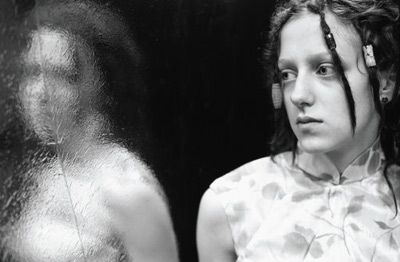
It may seem so real: that nasty smell of urine floating by, or the feeling of bugs crawling up your arm. The people around you aren't experiencing it, which seems impossible. But actually, you're experiencing a hallucination.
People who hallucinate typically see, hear, feel, smell or otherwise experience things that simply aren't real. Sometimes, these sensory fake-outs are caused by something temporary or minor, but often, a pretty serious underlying medical factor is at play.
Advertisement
Even when the cause of a particular hallucination is often possible to pinpoint, scientists still struggle with understanding how the brain produces them. Recent strides were made when a 2019 study in mice discovered that hallucinogenic drugs cause activity in the visual cortex of the brain to slow way down, rather than speed up as was previously hypothesized. The researchers also found out that the visual cortex was receiving the same visual information that it would in absence of the drugs but was unable to interpret it correctly. This is a big deal because some mental health disorders, like schizophrenia, are strongly linked to the same receptors the researchers looked at, so a better understanding of how they work could someday produce more effective treatments.
Check out these common hallucinations to learn why they happen. If you're experiencing any of them regularly, be sure to talk to a doctor.
Advertisement


